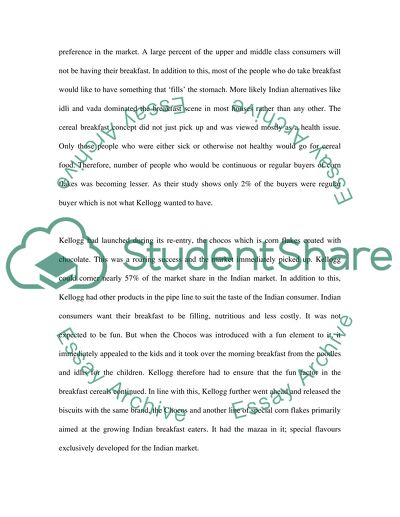Cite this document
(Entry Strategy of Kellogg India Case Study Example | Topics and Well Written Essays - 3500 words, n.d.)
Entry Strategy of Kellogg India Case Study Example | Topics and Well Written Essays - 3500 words. Retrieved from https://studentshare.org/marketing/1505821-global-marketing-term-paper
Entry Strategy of Kellogg India Case Study Example | Topics and Well Written Essays - 3500 words. Retrieved from https://studentshare.org/marketing/1505821-global-marketing-term-paper
(Entry Strategy of Kellogg India Case Study Example | Topics and Well Written Essays - 3500 Words)
Entry Strategy of Kellogg India Case Study Example | Topics and Well Written Essays - 3500 Words. https://studentshare.org/marketing/1505821-global-marketing-term-paper.
Entry Strategy of Kellogg India Case Study Example | Topics and Well Written Essays - 3500 Words. https://studentshare.org/marketing/1505821-global-marketing-term-paper.
“Entry Strategy of Kellogg India Case Study Example | Topics and Well Written Essays - 3500 Words”, n.d. https://studentshare.org/marketing/1505821-global-marketing-term-paper.


